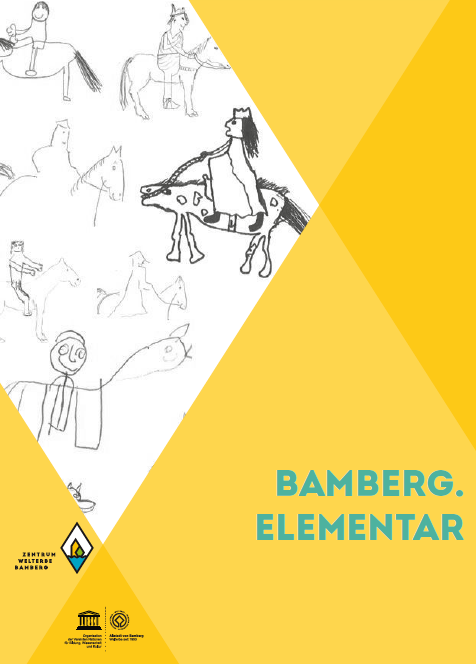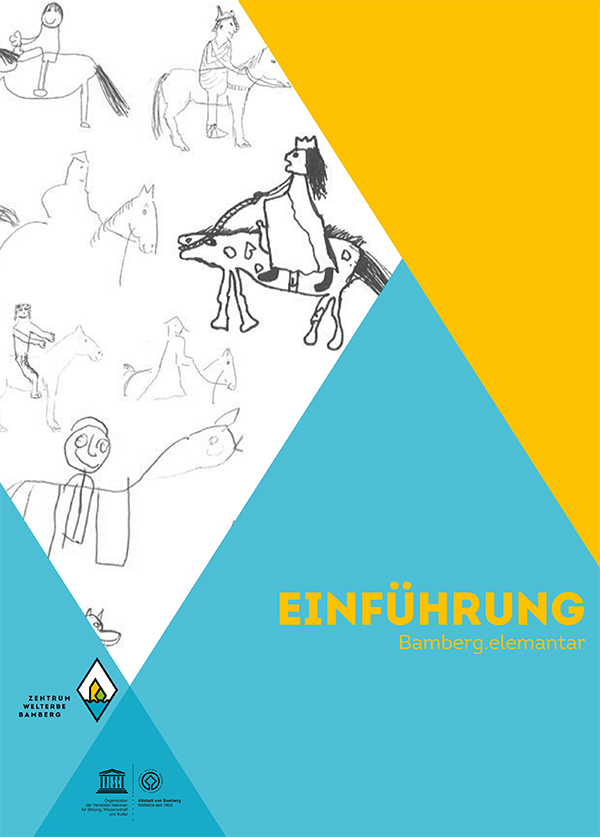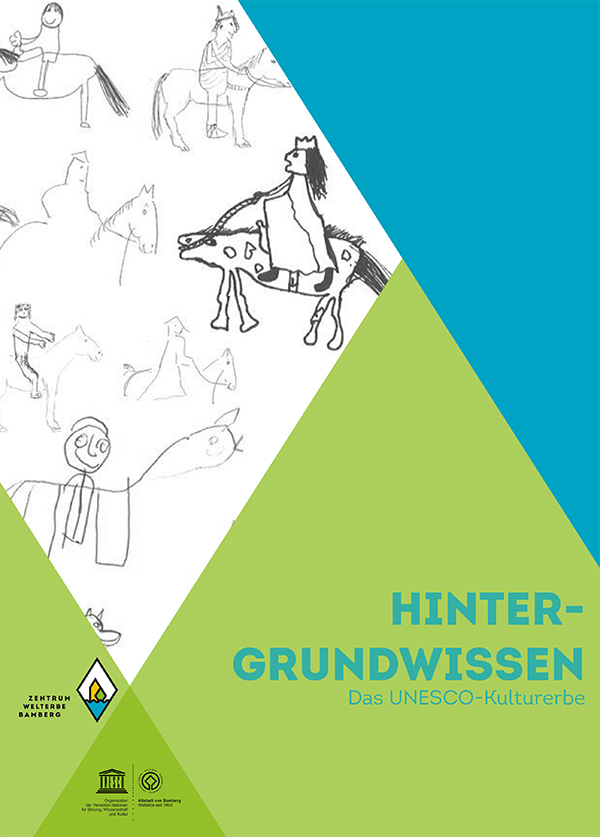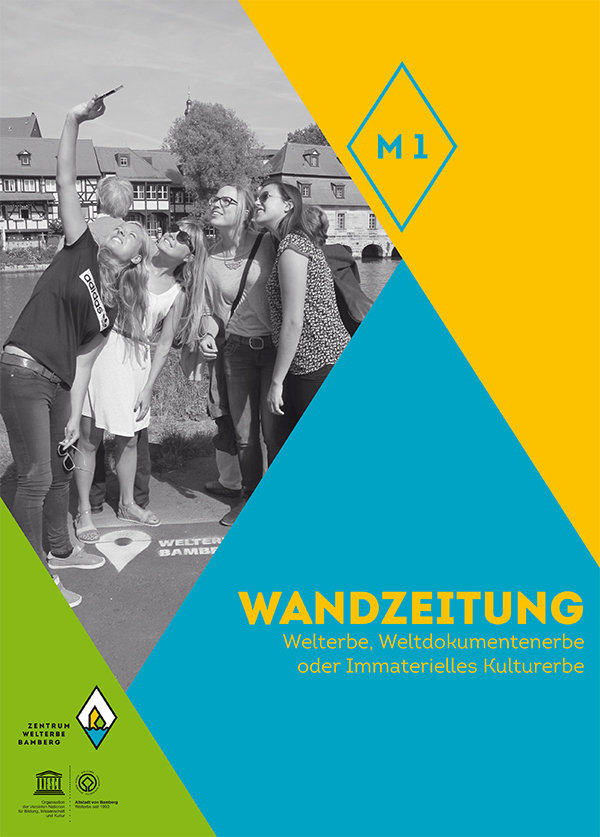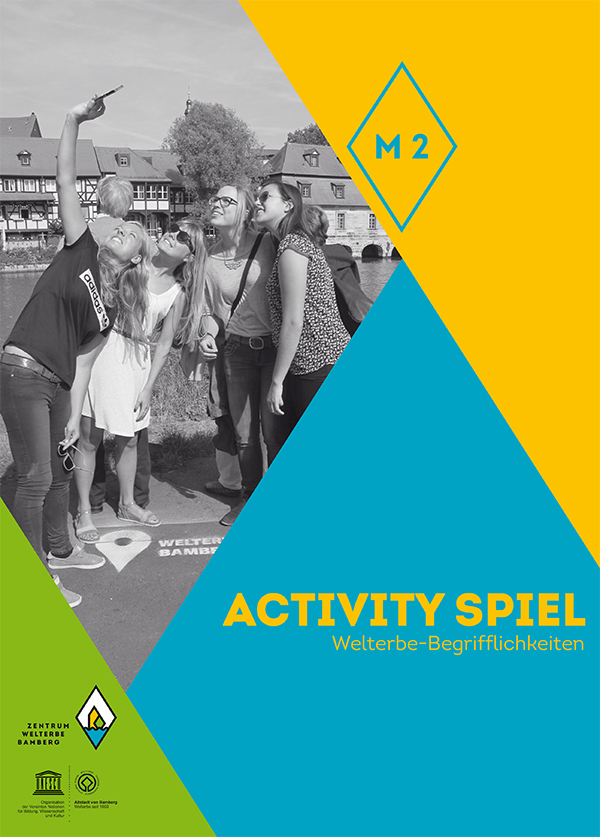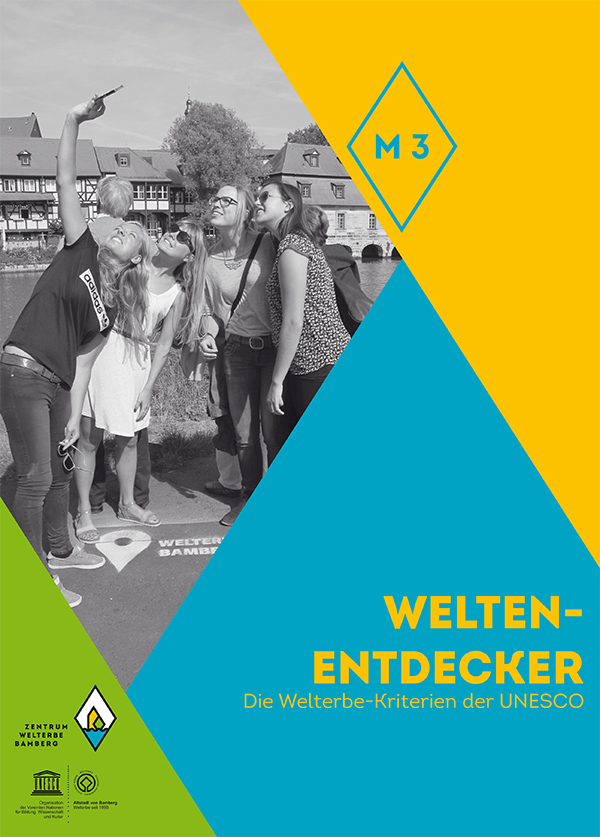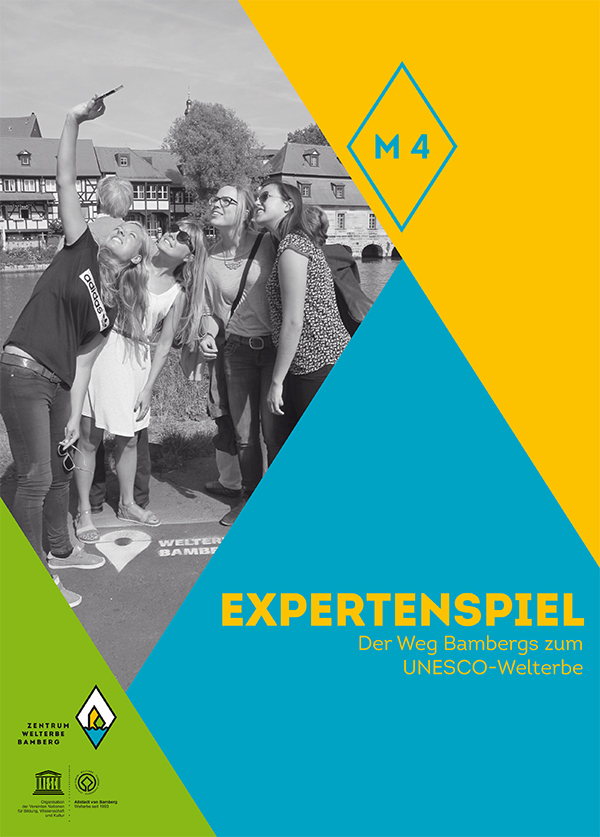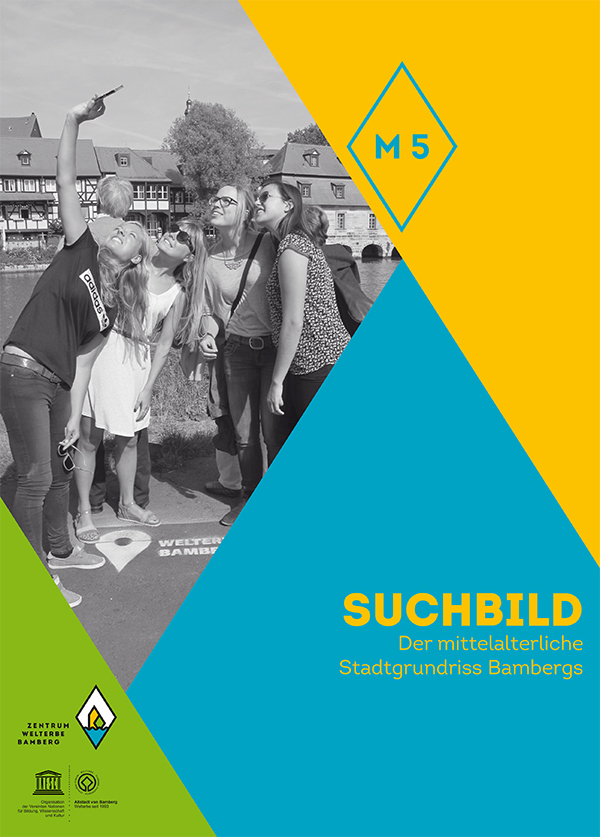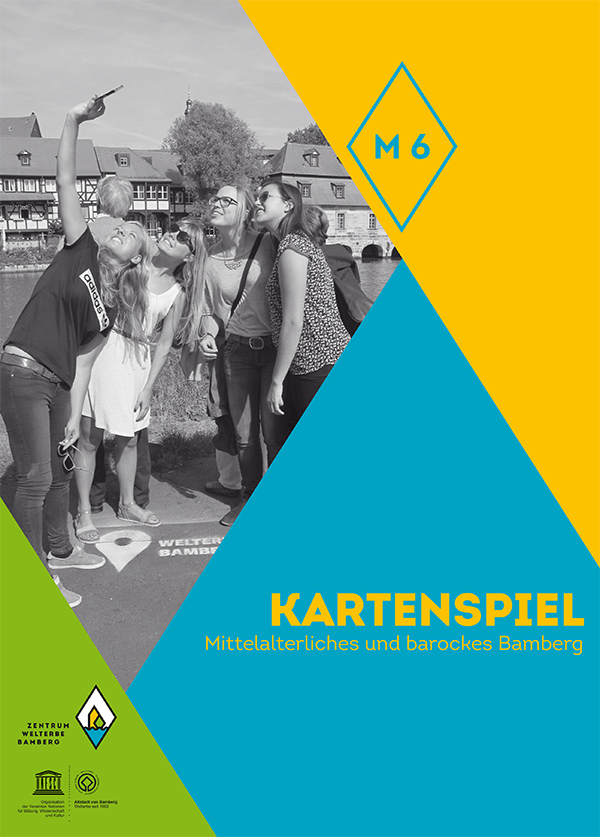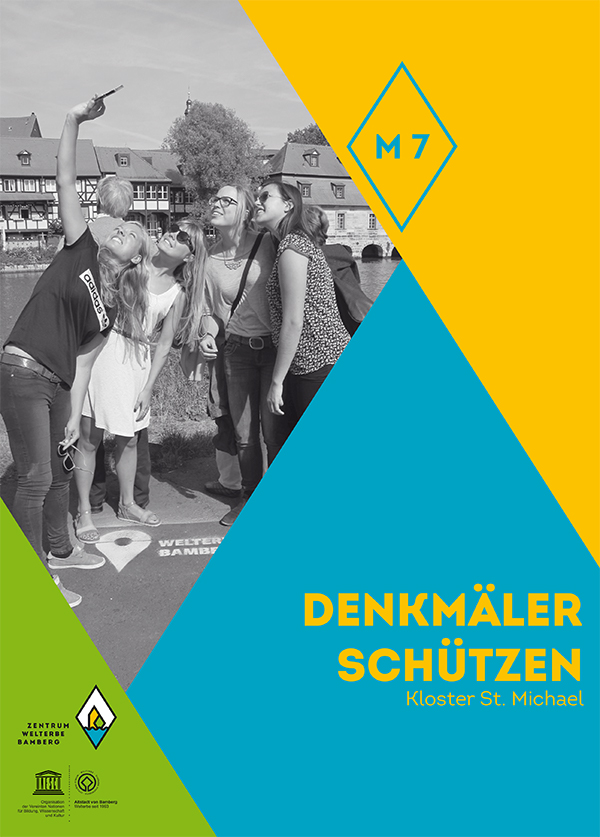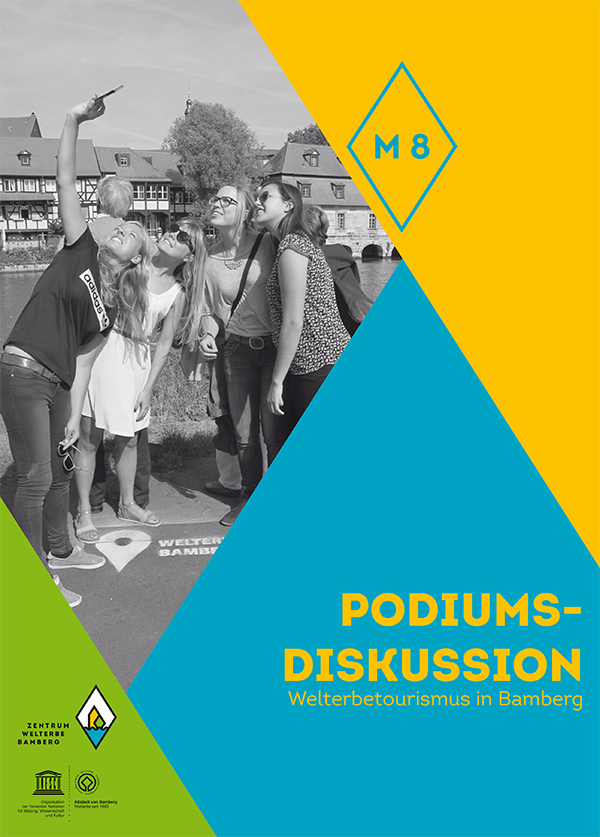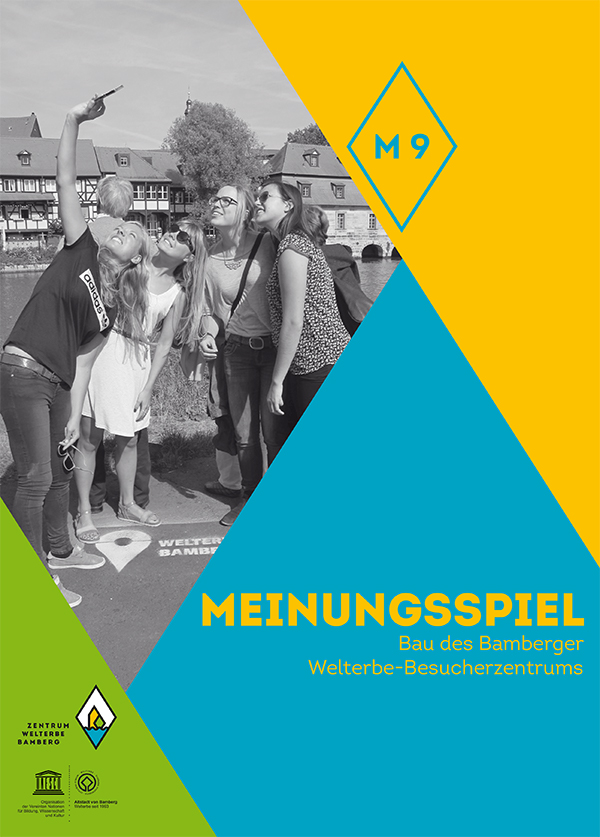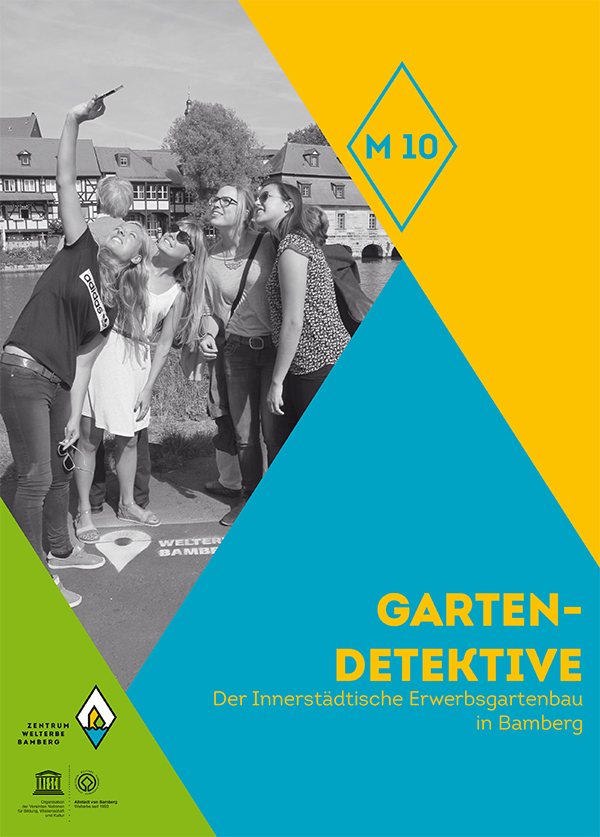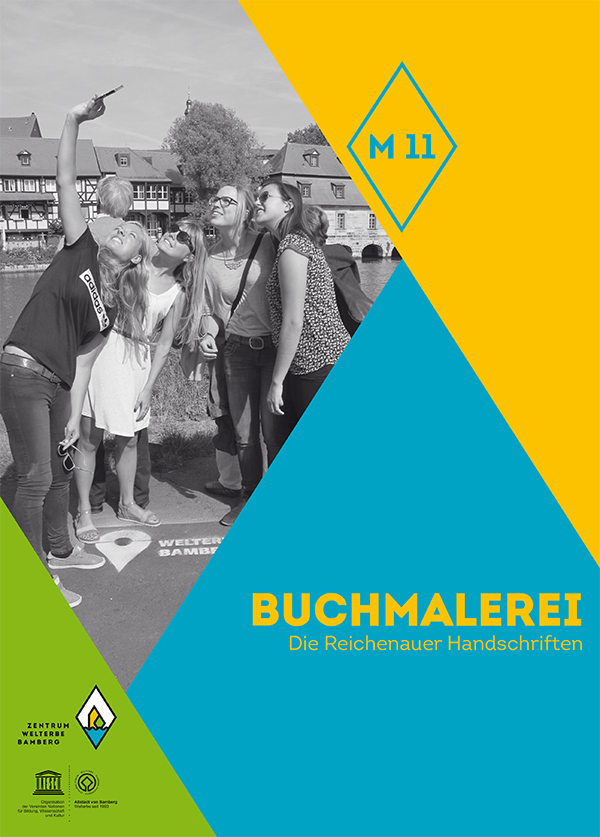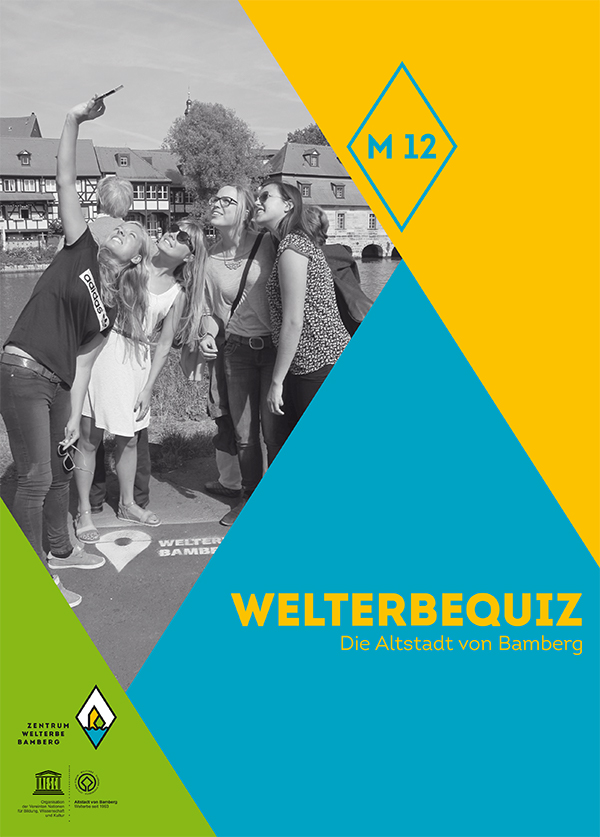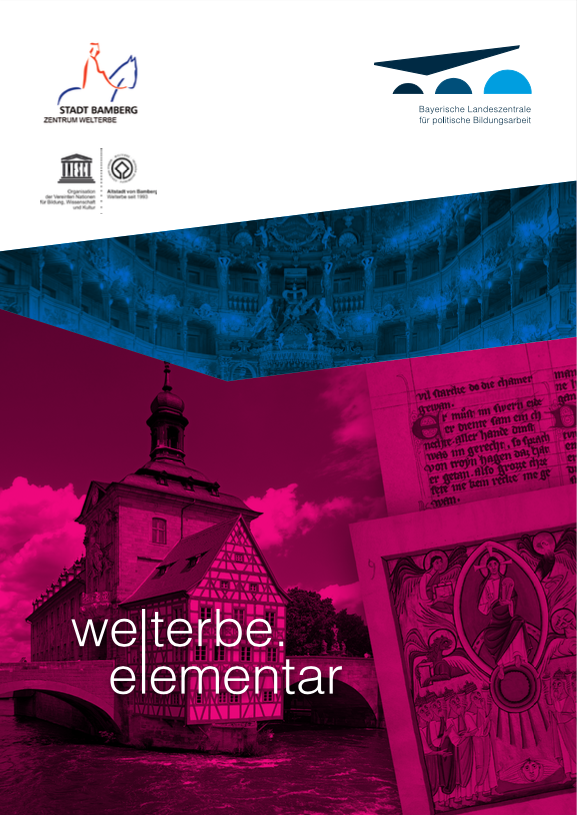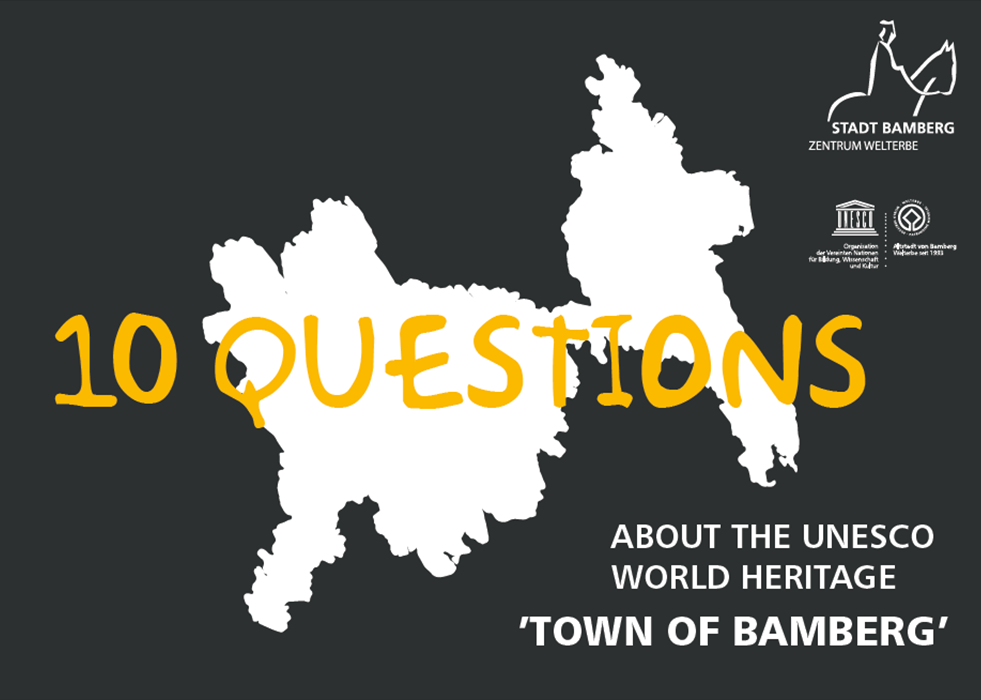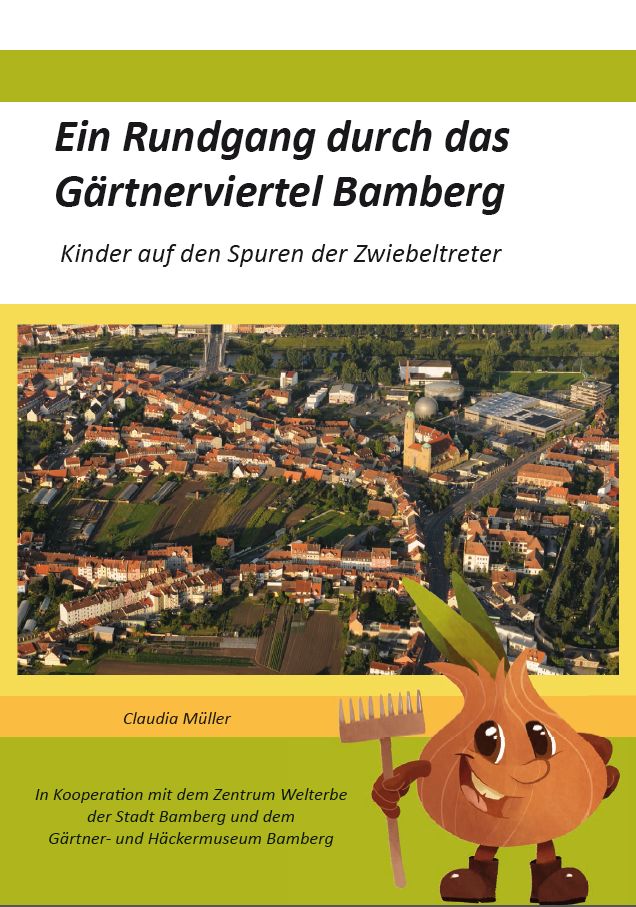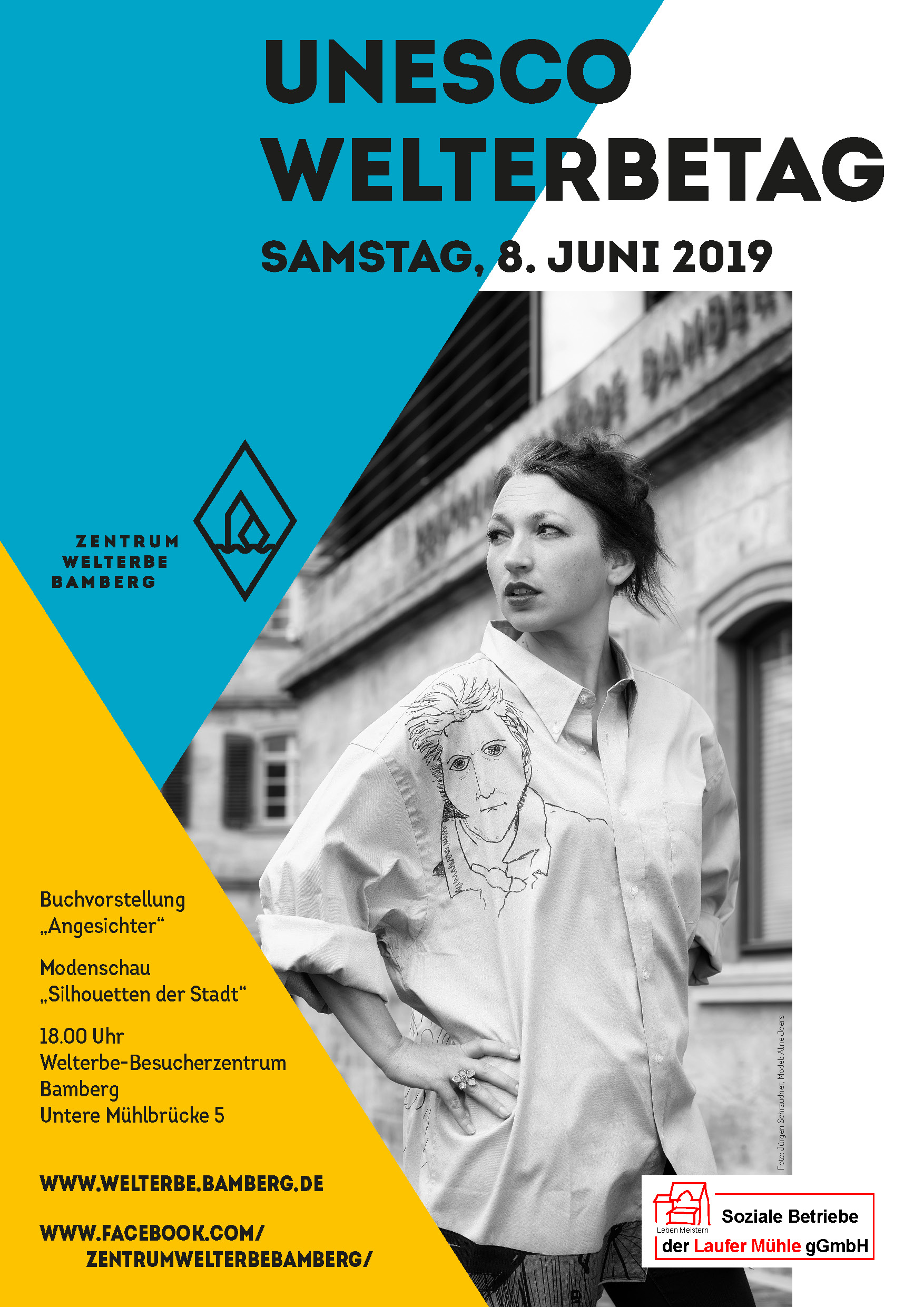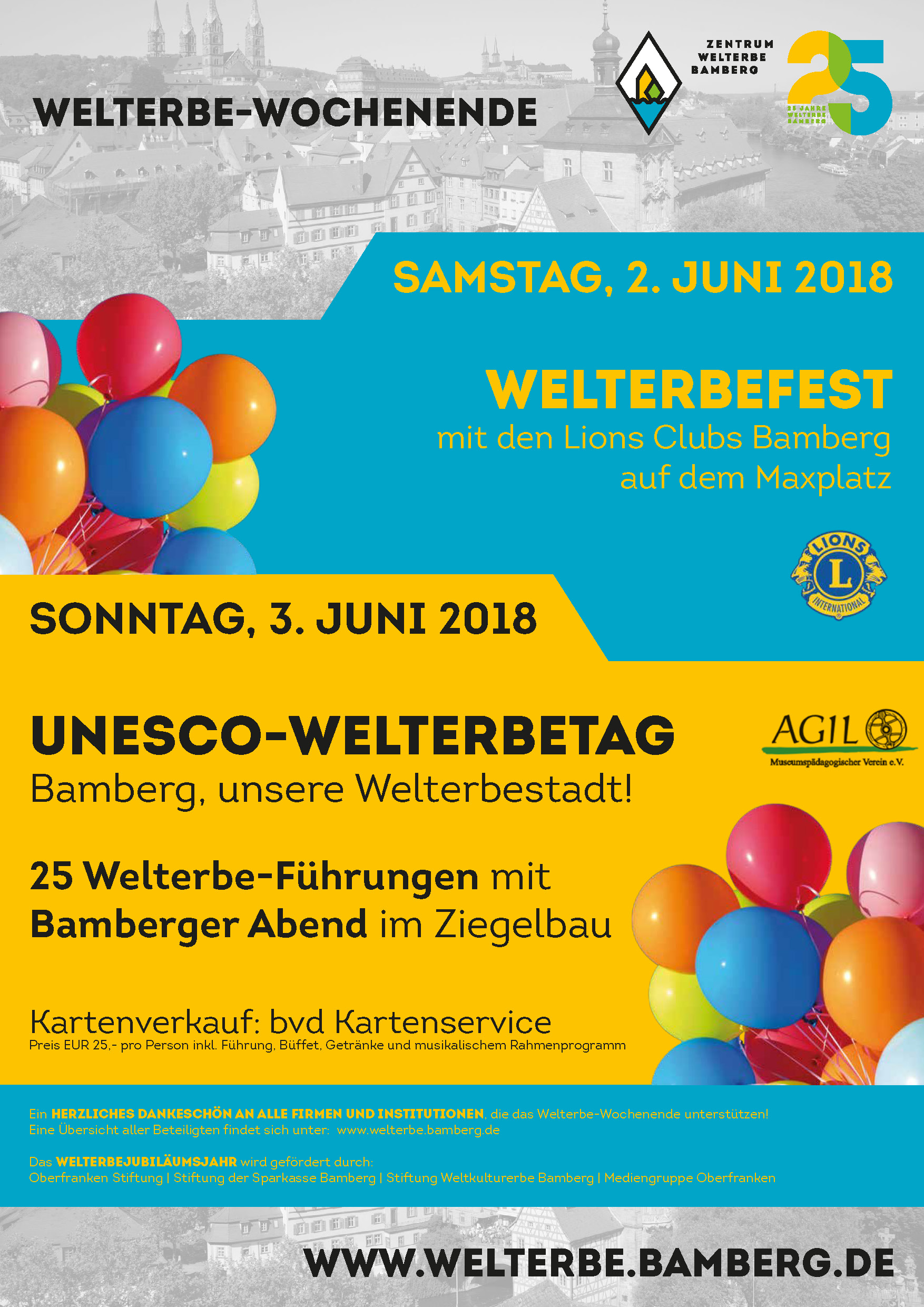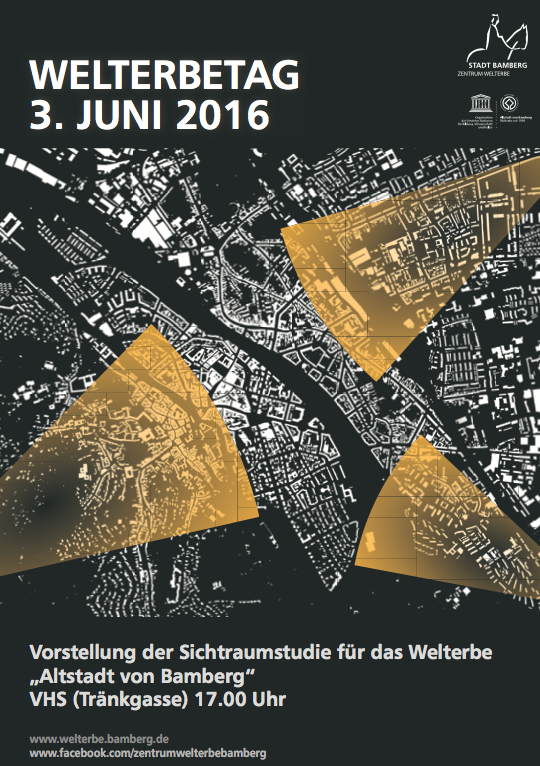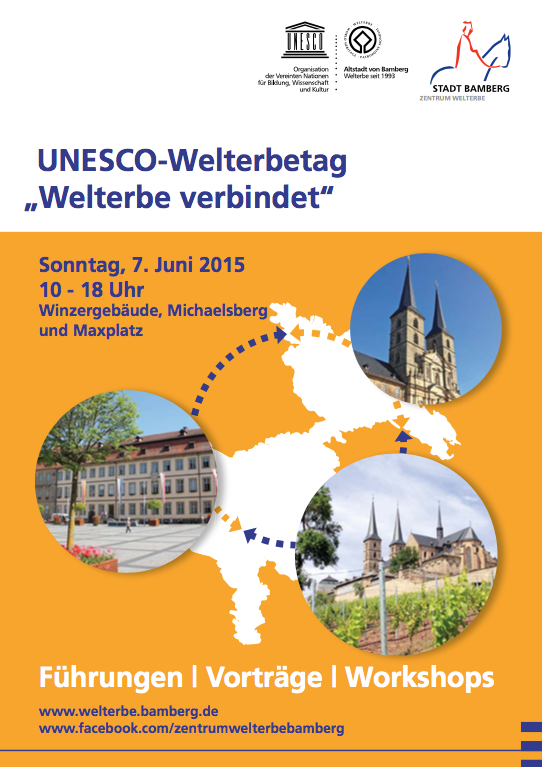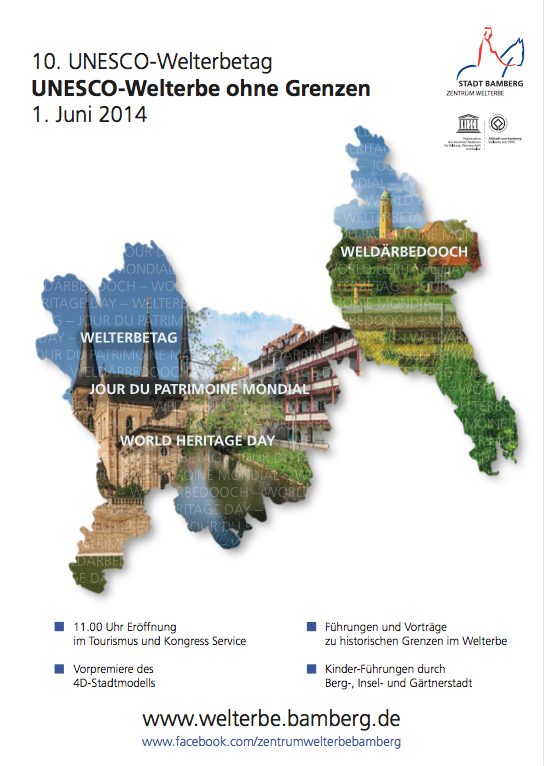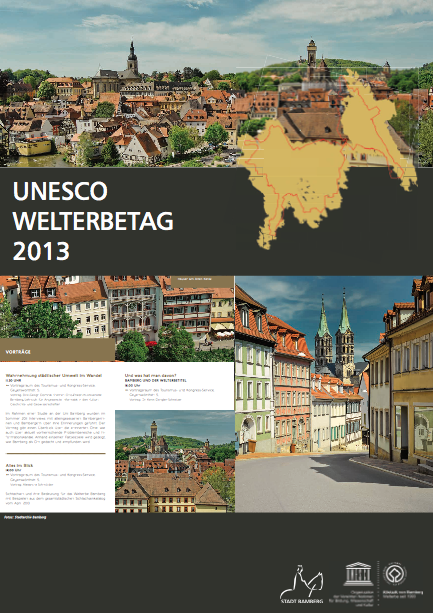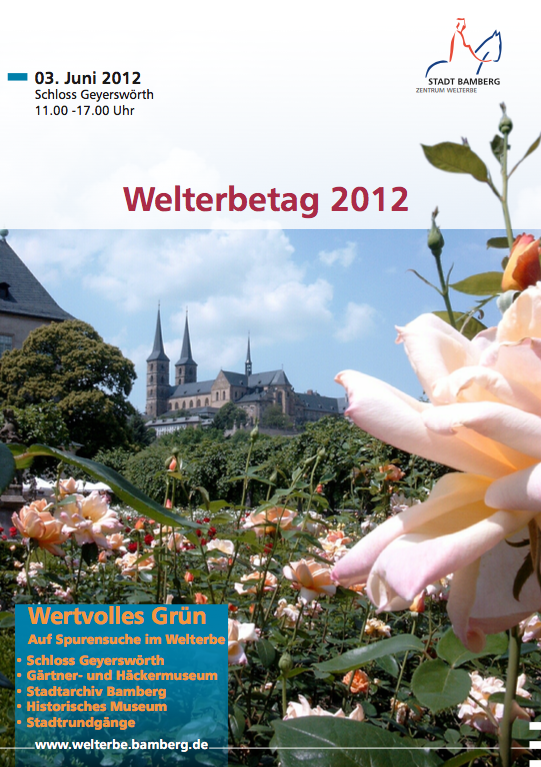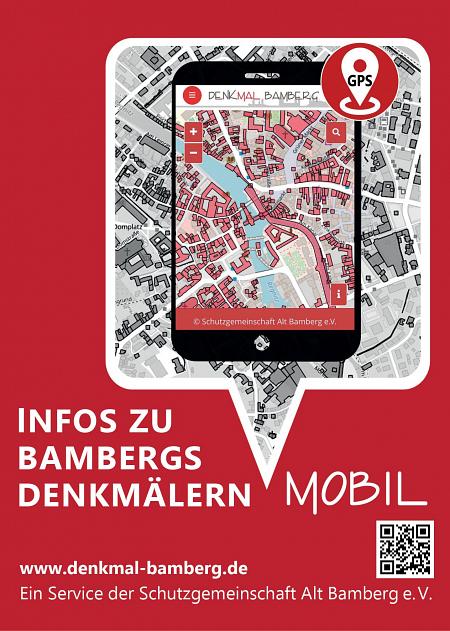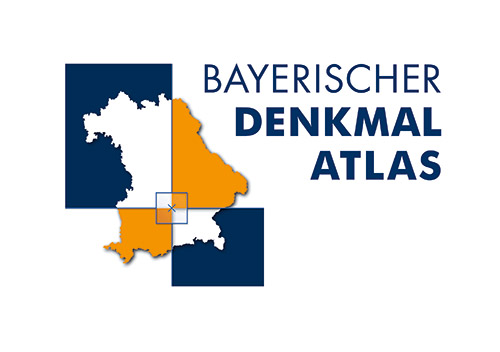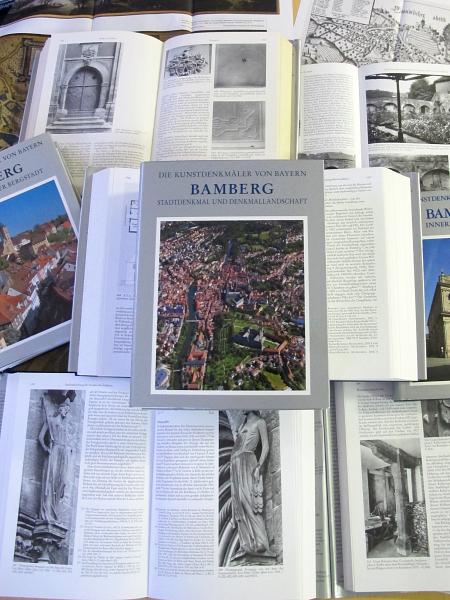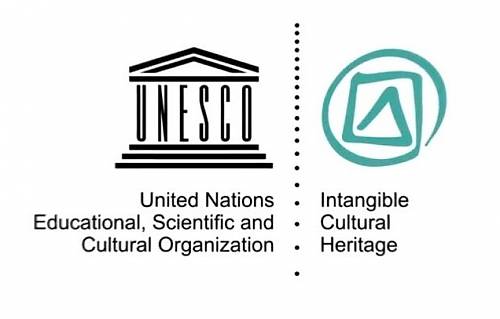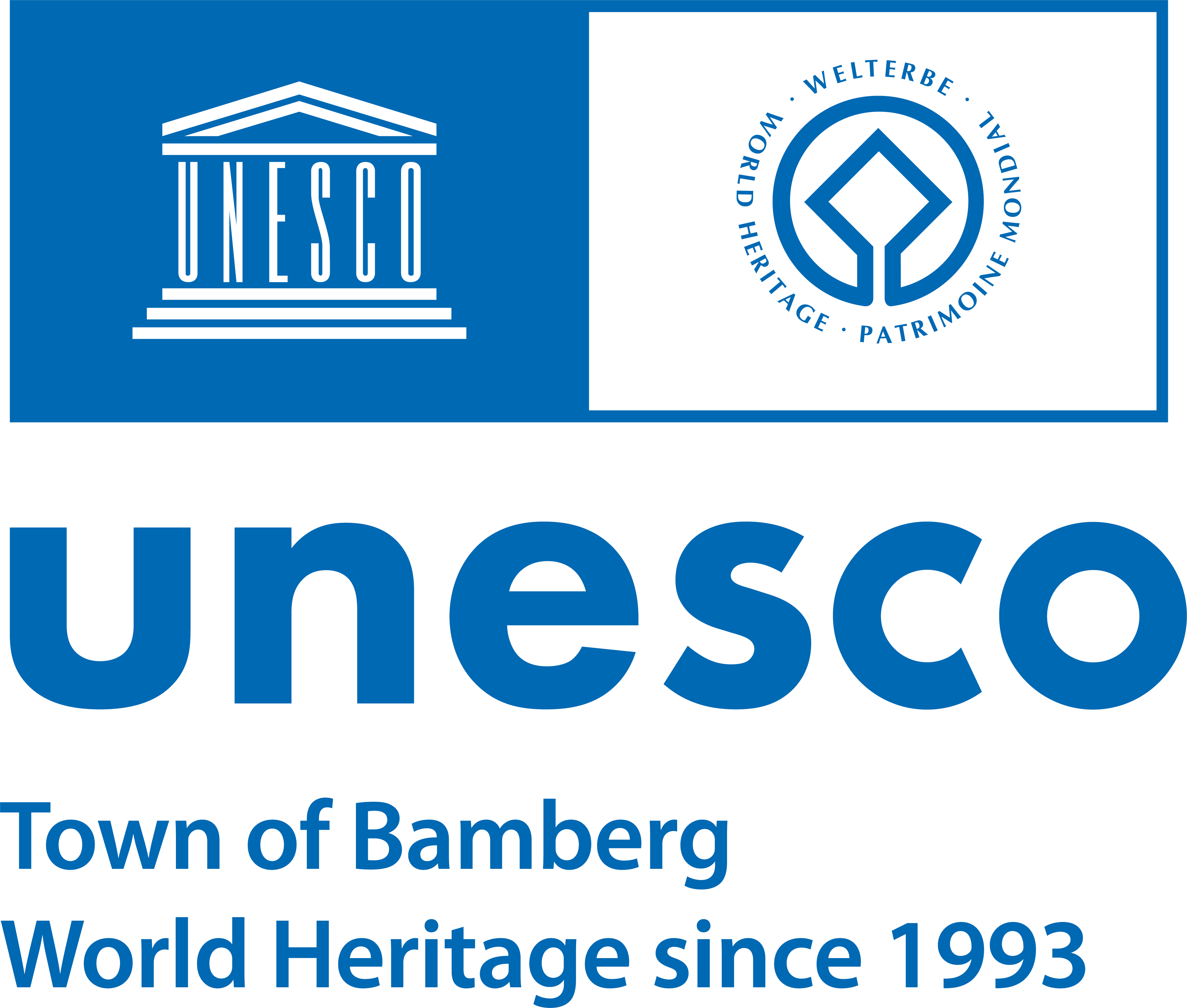The Visitor Centre
Located at the heart of the city, Bamberg's new World Heritage Visitor Centre displays Bamberg's outstanding universal value and serves as an interpretation aid for the World Heritage site.
Projects
In 1993, Bamberg was inscribed in the UNESCO World Heritage list. But what does this title mean for the city and its residents? How is the World Heritage status relevant in everyday life? How does one achieve balance between conservation and community needs? Mastering this challenge is the aim of the Bamberg World Heritage Office.
Management
The Bamberg World Heritage Office serves as the central coordination body for all issues concerning the World Heritage site. It oversees the implementation of the UNESCO World Heritage Convention in Bamberg. It represents the site nationally and internationally.
Place of Learning
The transmission of the World Heritage to future generations is one of the main tasks of a World Heritage site. For this purpose, the World Heritage Office has developed several educational resources.


